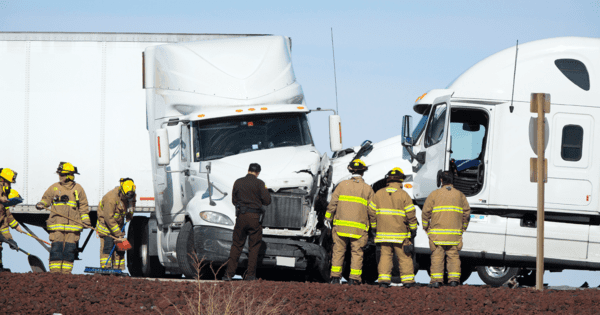Once upon a time, the internet was all about information. The World Wide Web crawled at snail’s pace through a phone line to a desktop computer and was turned on and off, accessed only when needed. Vehicle technology meant electric windows and central locking – if you were lucky.
But, in a relatively short space of time, the internet has become everything!
You may find it hard to remember a time when smartphones weren’t the norm. In fact, the first iPhone was released in 2007 – just thirteen years ago.
The Internet of Things
And so, we come to the Internet of Things (IoT). What exactly is it?
‘The Internet of Things (IoT) describes the network of physical objects – things – which are embedded with sensors, software, and other technologies to connect and exchange data with other devices and systems over the internet.’
These could be as simple as a smartwatch, a coffee machine, smart home devices such as lighting – even a catflap. Today, data is everything – and data informs everything. On a larger scale it’s everything to do with smart cities: using sensors to inform city management of everything from traffic flow and congestion easing to parking, refuse collection, and lighting.
The potential of IoT for commercial vehicles is phenomenal. It will explode over the next few years.
And at CameraMatics we’re way ahead of the game.
Looking back: traditional vehicle telematics
Tracking HGVs and other commercial vehicles is nothing new – vehicle telematics has been around for close to 30 years. In more recent times, vehicle cameras have also become increasingly common. But, for a long time, these were standalone, separate technologies. Many years’ experience in our previous business supplying, fitting and supporting fleet technology showed us that even with the latest technology there were gaps in the information operators had about their fleets and vehicles.
These gaps were down to one thing: the lack of connectedness.
For instance, a Telematics solution provides lots of data around what’s happening in the vehicle, but it can’t be definitive, and using only telematics data it’s difficult to say with 100% accuracy what happened in a vehicle at a particular time – and why. For example, it will pick up a sharp braking incident, but it won’t tell you the cause.
The present: connected vehicle technology
We recognised that adding live video footage gave an extra dimension to the telematics data, a more complete picture.
But even that wasn’t enough – so we went further, adding sensors and a whole host of AI technology to the telematics and GPS.
The next generation of vehicle technology was born: we called it CameraMatics.
Internet of Vehicles
CameraMatics is our SaaS IoT (or IoV!) connected vehicle technology solution. It gives you an incredibly clear and accurate picture of your vehicles.
A complete picture.
The CameraMatics system collects a huge amount of data and – crucially – visualizes it for our customers so it is meaningful, useable, and at their fingertips. At a click of your mouse or a swipe of your finger, access any bit of information you choose. Instantly.
Connected vehicle technology has a whole host of benefits. Aside from the significant improvement in driver and vehicle safety because it leads to fewer accidents, it reduces fuel costs and improves efficiency. It reduces insurance premiums and guards against crash for cash scams. Our customers report a 15-20% reduction on annual insurance associated costs due to the reduction in claims. It improves compliance. It trains drivers.
What’s next?
There’s no doubt connected vehicle technology will be the norm. Even now we’re seeing a variety of things like truck manufacturers replacing bulky wing mirrors with sleek cameras. Driver wellbeing technology is almost here. Autonomous vehicles are just around the corner, although we can expect a role for a ‘driver’ for the foreseeable future.
But there’s much more to come. It’s not only about connectedness within and around the vehicle – but the connectedness of the vehicle to the world around – to other things.
As smart cities continue to develop, and as logistics continues to develop apace, IoV will connect with more general IoT. We’ll see seamless end to end tracking into the hands of the final consumer. We’ll see ever safer and more efficient driving. We’ll see connected private and commercial vehicles pair with advanced traffic management systems to create a seamless driving experience. We might even see the end of struggling to find parking spaces!
We’ll see so much more than we can imagine.
And one thing you can be sure of: CameraMatics will be at the heart of it.







